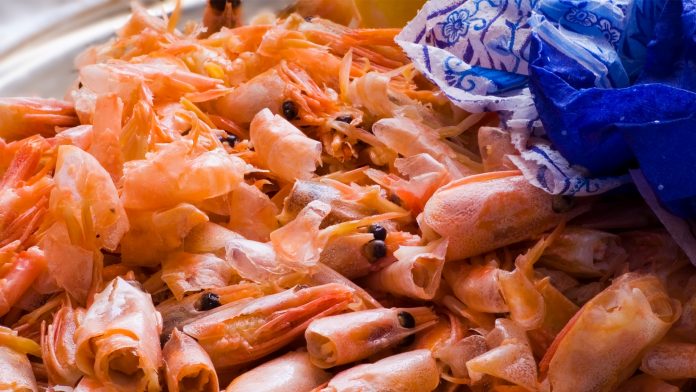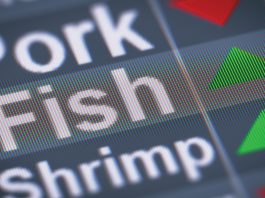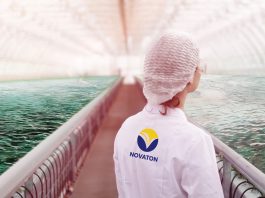Researchers from the National University of Singapore (NUS) have developed a novel method of turning the shells of crustaceans into drugs to treat Parkinson’s disease.
Waste from fish production, such as the shells of crustaceans, is often sent to landfills where it rots, releasing hazardous gases into the environment. A team led by Associate Professor Yan Ning and Assistant Professor Zhou Kang from the Department of Chemical and Biomolecular Engineering at the NUS Faculty of Engineering devised a method to turn shells from prawns and crabs into L-DOPA, a drugm which is widely used to treat Parkinson’s disease.
The NUS team’s conversion approach can potentially play a pivotal role in the chemical industry, as the movement of waste-derived compounds has been gaining momentum in a bid to reduce reliance on the use of non-renewable fossil fuels and energy-consuming processes.
Processing waste materials
The global food processing industry generates as much as eight million tonnes of crustacean shell waste annually. The typical output of chemicals produced from waste recycling is often less diversified than the conventional chemical synthesis pipeline which uses crude oil or gas. To overcome the limitations, the NUS researchers came up with a pathway that marries a chemical approach with a biological process.
The team first applied chemical processes to the waste materials and converted them into a substance that can be ‘digested’ by microbes. The second step involves a biological process, akin to the fermentation of grapes into wine, where they engineered strains of bacteria to convert the substance into a higher value product such as amino acids.
L-DOPA is produced from L-tyrosine, a chemical made from fermenting sugars. With the approach developed by the NUS team, crustacean waste is first treated using a simple chemical step, allowing it to be used by microbes to produce L-DOPA. The yield of the NUS method is similar to that achieved in the traditional method using sugars. Glucose, the sugar used in this process, costs between $400 to $600 per tonne, whereas shrimp waste costs around $100 per tonne. Given the low cost and abundance of shell waste, the NUS team’s process has the potential to provide L-DOPA at a lower cost.
Applying this method to wood waste
The team adapted their method to be used to convert wood waste into Proline, which is essential for the formation of healthy collagen and cartilage. Singapore generated over 438,000 tonnes of wood waste in 2019.
Proline is conventionally produced through pure biological processes. The NUS team’s unique method has now replaced most of the transformations using chemical processes, which are much faster. As a result, the new integrated process could achieve higher productivity and potentially lead to reductions in capital investment and operating costs.
Ning said: “Our novel chemical-biological integrated workflow offers a general pathway to produce a variety of high-value organonitrogen chemicals. While it may sound simple on paper to just combine two different methodologies, the devil is in the detail. Given that these chemicals are found in a vast array of commercially valuable pharmaceuticals, pigments, and nutrients, we are excited to expand our research and develop new methodologies to produce value-added chemicals from other abundant, locally available substrates found in Singapore.”









